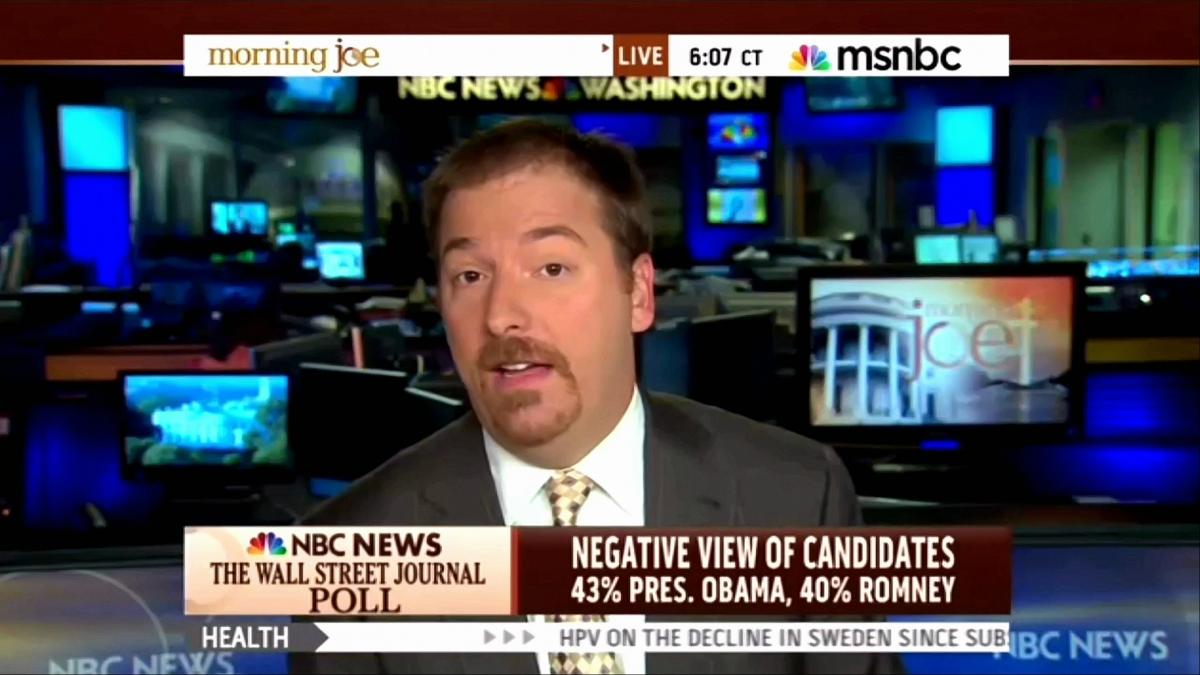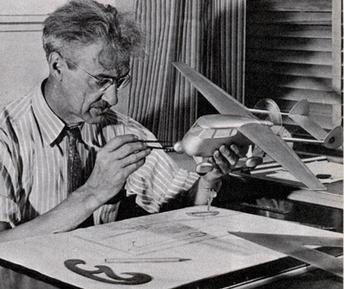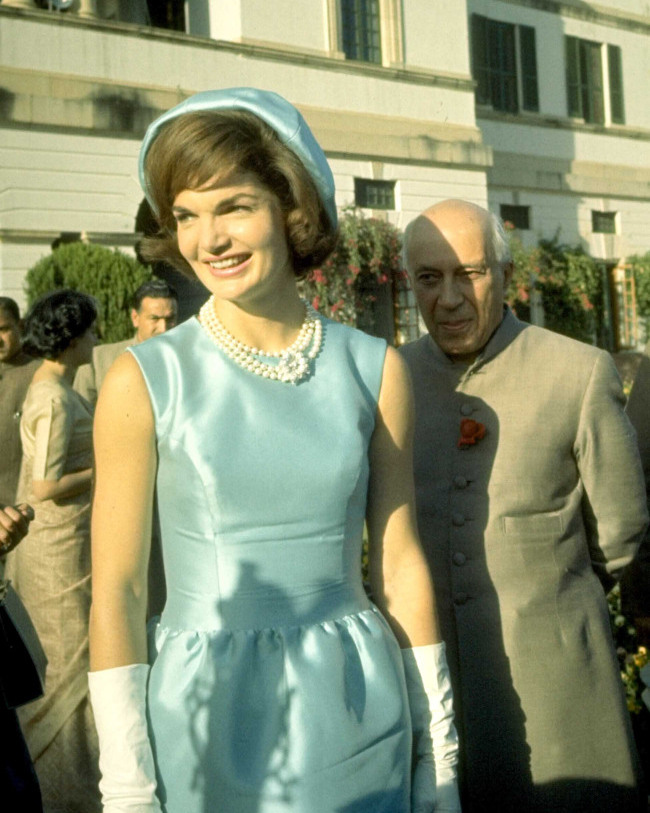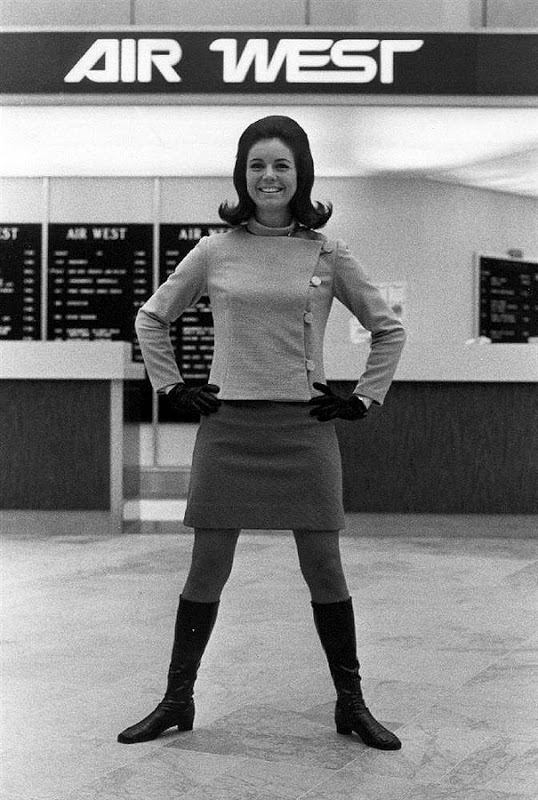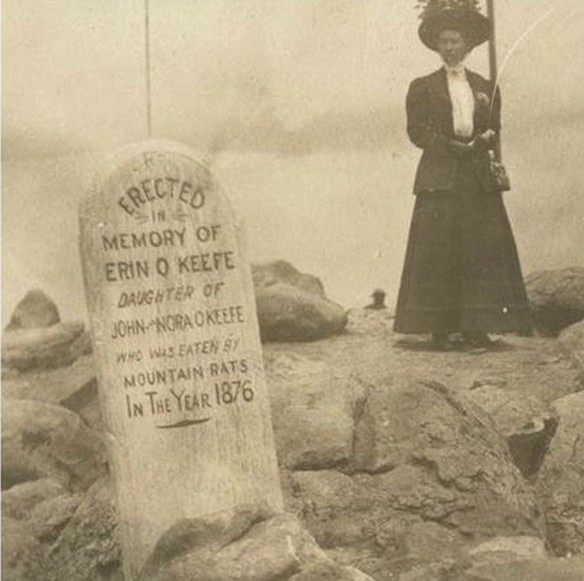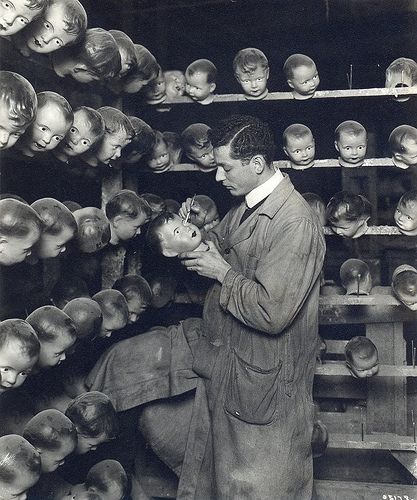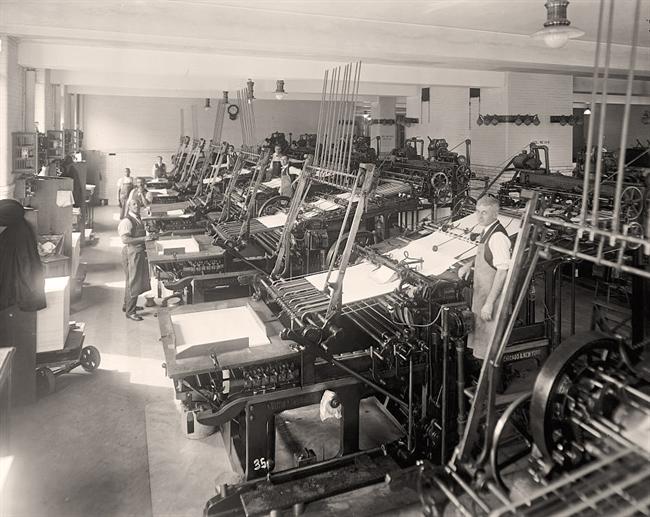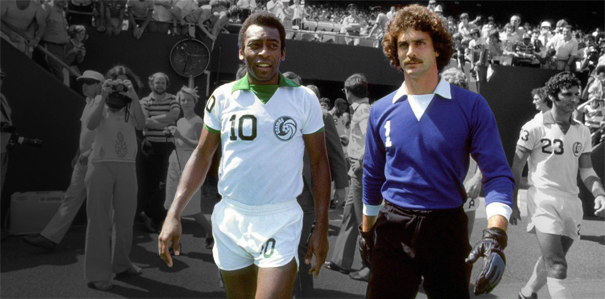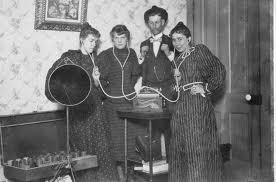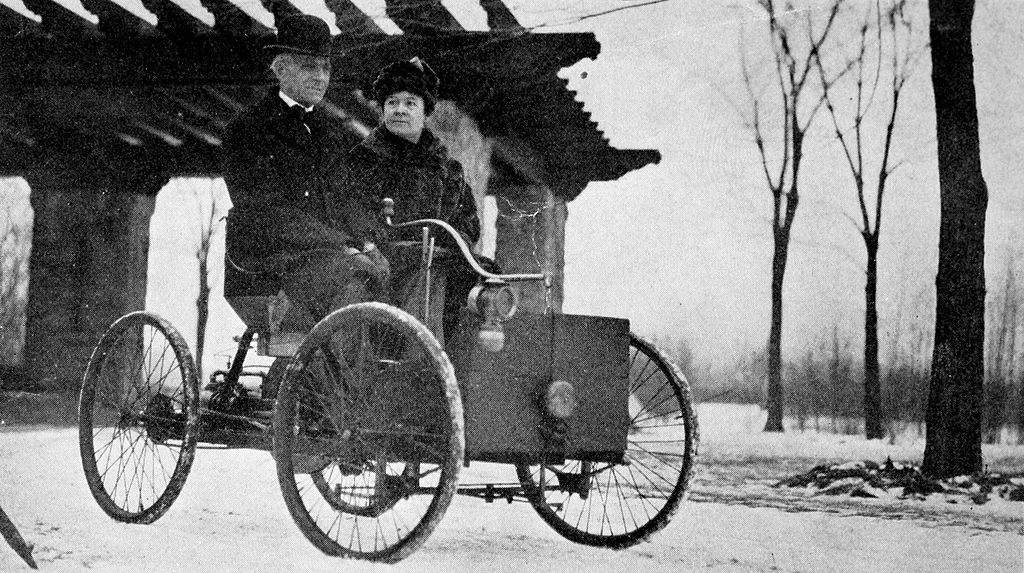Apart from her perplexing connection to Barry Diller–yeesh!–Diane von Furstenberg is sort of flawless, and she’s always been aware that clothes done well are never just garb, that the smallest details have meaning–even sociological meaning–right down to the zippers. From a new interview with the designer by Jess Cartner-Morley of the Guardian, a passage about her most iconic creation:
“The wrap has stayed alive and relevant for four decades because what it stands for – a woman dressing for freedom and movement and self-determination – is as compelling now as it ever was. In the early days, Von Furstenberg airily extolled the joys of a zipless dress which you could slip on quietly when you wanted to make a swift exit without disturbing a sleeping man. That boldness still feels ahead of its time in 2014, when the “walk of shame” is the butt of many a joke. ‘That’s what my brand does,’ she says. ‘We sell confidence.’ Confidence comes from comfort, as much as from glamour. She notes that it is female designers – ‘Coco Chanel, Donna Karan, me’ – who dress women in jersey, ‘because we know it feels great and lets you get on with your day, and we care about that.’ She is a unique combination of being ultra-feminine with a distinct feline slink to her walk, but comfortable being in charge and entirely without coquetry. In the introduction to her book, she tells how, as a girl revising for exams, she would pretend she had students, and imagine herself teaching them. Passivity bores her; what’s more, she says, ‘idleness breeds insecurity. It’s so important for women to have children but it is equally important for women to have an identity outside the home. You have to be engaged, you have to be part of the world. … It doesn’t have to be a job. It can be that you bake [sic] the best jam in the world and everyone wants a piece of your jam. What matters is doing something.'”


